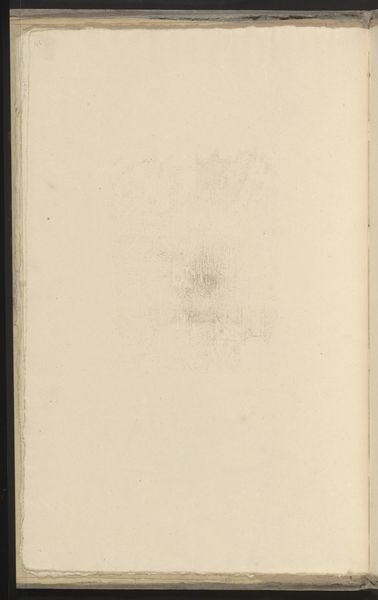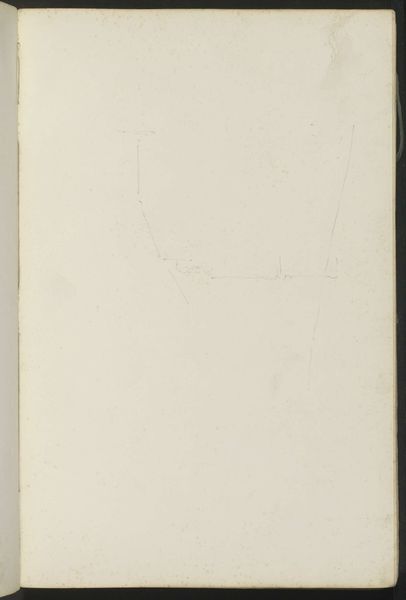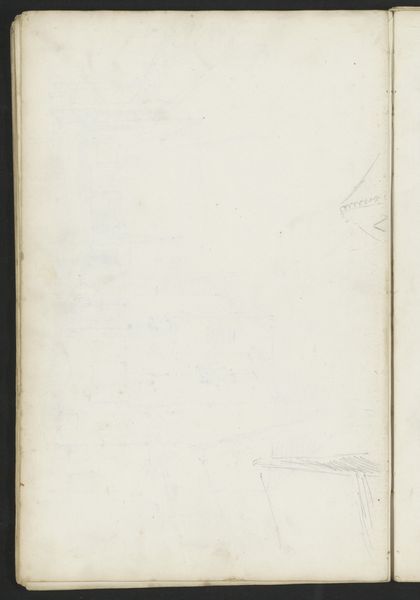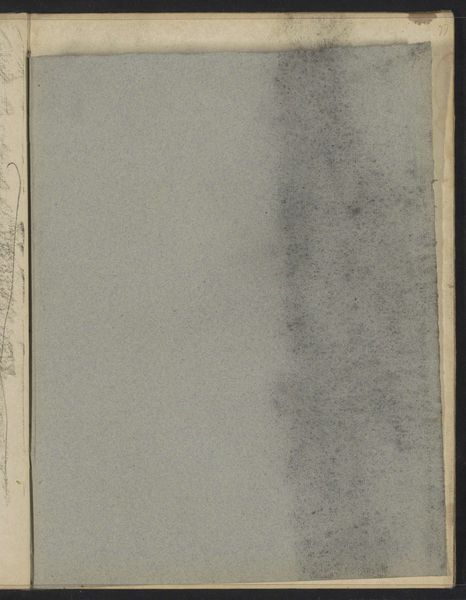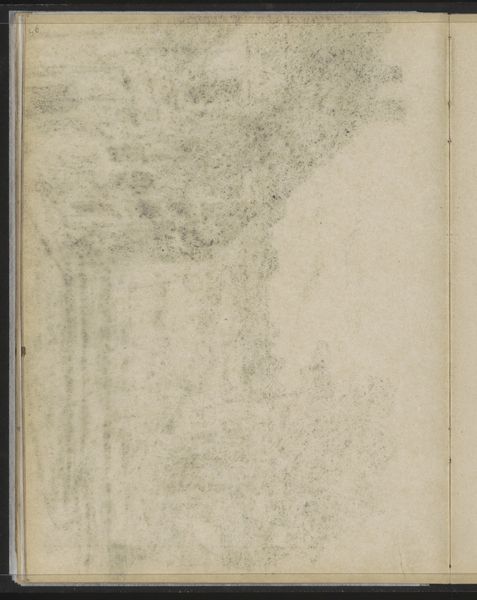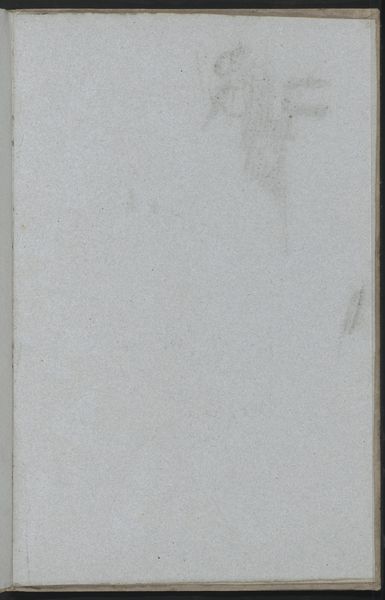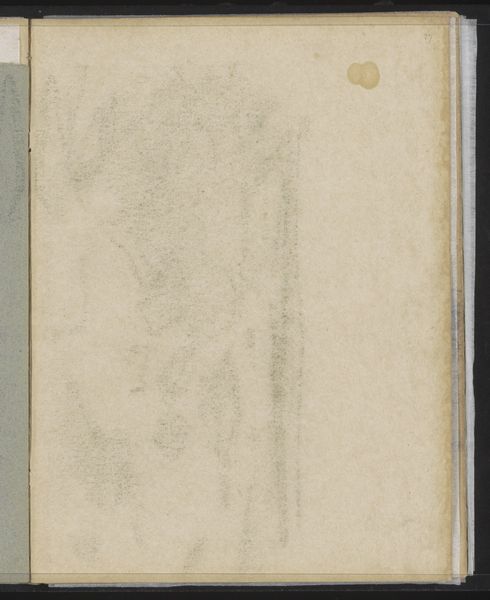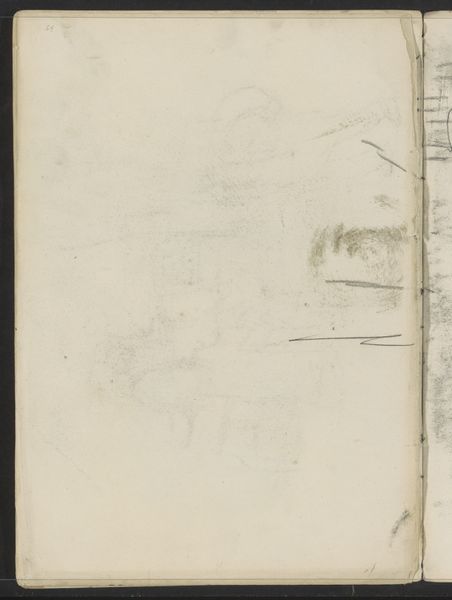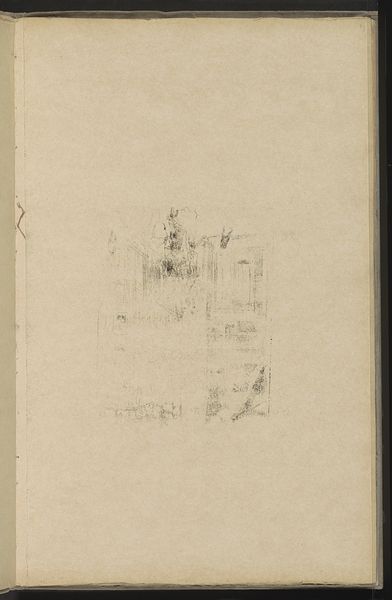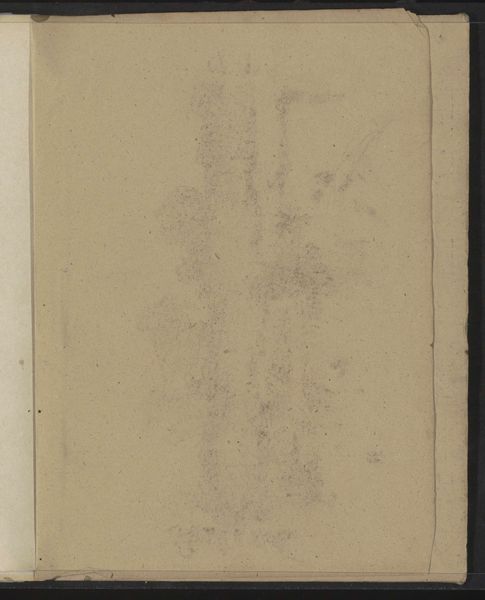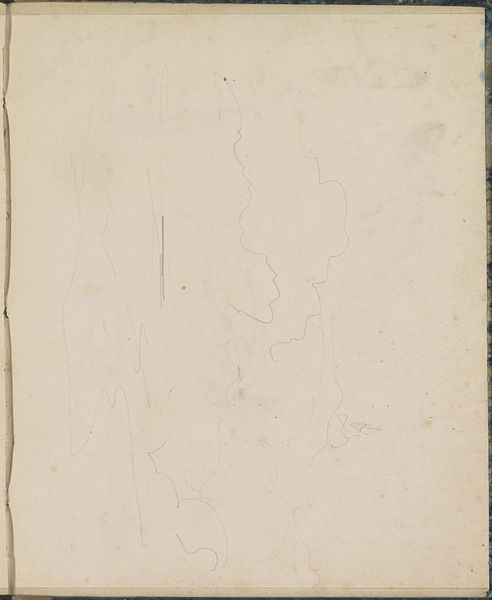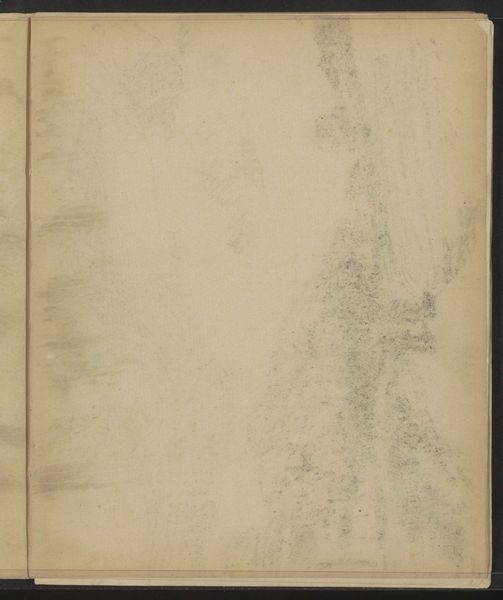
drawing, paper, ink
#
drawing
#
impressionism
#
landscape
#
paper
#
ink
Copyright: Rijks Museum: Open Domain
Editor: So, this is "Abklatsch" by Willem Witsen, created around 1884 to 1887. It’s an ink drawing on paper, currently held at the Rijksmuseum. Honestly, I find it kind of ghostly. What do you see in this piece? Curator: Ghostly is spot on. It feels like peering through a veil, doesn't it? For me, it evokes the ephemeral nature of memory itself. Witsen was part of a movement capturing fleeting impressions of Amsterdam. Imagine him sketching en plein air, the city's sounds, smells, and shifting light all feeding into these delicate lines. The "Abklatsch" technique - a kind of transfer - reinforces that transient feeling, like a moment caught and then gently faded. Do you sense a tension between realism and abstraction here? Editor: I do. It’s clearly a landscape, but it's also so… indistinct. Like a half-remembered dream. Curator: Exactly! And that tension is where the magic happens. He’s not just showing us *what* he saw, but *how* he saw it, how it felt to be there, present but also a little detached. Think of it as visual poetry; impressionism wasn’t always about perfectly recreating what the artist was seeing but how they were perceiving it, their reaction to being alive at that specific moment. It’s a deeply personal interpretation rendered in ink. It also lends itself to viewing this as being voyeuristic of someone's inner-thought process, wouldn't you agree? Editor: Yes, totally! The personal perspective of it brings a totally new lens for how to interpret these artists. I came into it at face value and now you made me consider other elements, such as "the moment", or the emotions involved while creating this drawing. Curator: Exactly! I find that art isn't so much about simply the product, but about that very same artist during their life, when that snapshot moment happened. If anything it reminds me to think deeply before viewing the artpiece and try to step in their shoes to relate with them at a humanistic level.
Comments
No comments
Be the first to comment and join the conversation on the ultimate creative platform.
